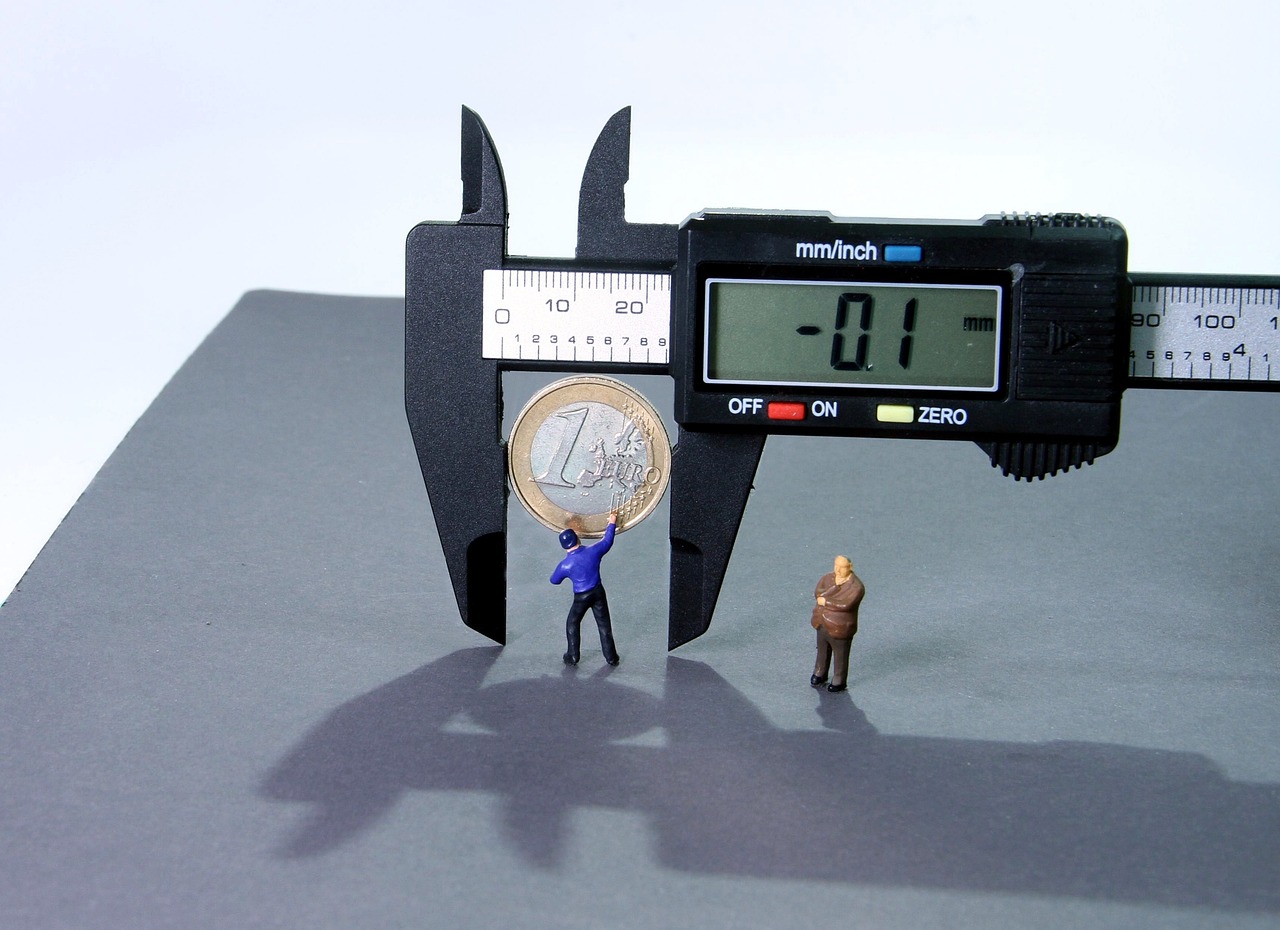| 1920 |
15.61 |
Post-World War I inflation, economic disruption, and high demand. |
| 1921 |
-10.47 |
Severe recession following the post-war boom, deflation. |
| 1922 |
1.89 |
Economic recovery and stabilization post-recession. |
| 1923 |
0.00 |
Economic stability post-recession. |
| 1924 |
-1.00 |
Deflationary period following the recession. |
| 1925 |
0.00 |
Stable economy with minimal inflation. |
| 1926 |
1.00 |
Stable economic conditions, industrial growth. |
| 1927 |
-0.10 |
Economic stability with slight deflation. |
| 1928 |
-2.09 |
Economic slowdown and minimal inflation. |
| 1929 |
0.00 |
Pre-Great Depression period, beginning of the stock market crash. |
| 1930 |
-6.04 |
Great Depression begins; mass unemployment and deflation. |
| 1931 |
-9.05 |
Deepening Great Depression; economic contraction and deflation. |
| 1932 |
-10.30 |
Worst deflationary period of the Great Depression. |
| 1933 |
-5.10 |
New Deal policies begin to stabilize the economy. |
| 1934 |
3.50 |
Economic recovery from the Great Depression. |
| 1935 |
3.12 |
Continued recovery from the Depression. |
| 1936 |
1.17 |
Moderate inflation during the recovery period. |
| 1937 |
3.61 |
Economic slowdown, due to fiscal tightening and recession fears. |
| 1938 |
-2.30 |
Recession due to reduced government spending. |
| 1939 |
-1.38 |
Pre-World War II recession. |
| 1940 |
0.72 |
Slow recovery, economic stabilization before World War II. |
| 1941 |
5.10 |
U.S. entry into World War II; government spending and demand for goods rise. |
| 1942 |
10.91 |
Wartime inflation, price controls, and high demand. |
| 1943 |
6.03 |
Continued wartime inflation, economic mobilization. |
| 1944 |
1.94 |
Inflation moderated after early war years. |
| 1945 |
2.27 |
End of World War II, economic reconversion. |
| 1946 |
8.33 |
Post-war inflation due to pent-up demand and supply shortages. |
| 1947 |
14.36 |
Continued post-war inflation, price controls end. |
| 1948 |
8.07 |
Post-war inflation continues, supply chain disruptions. |
| 1949 |
-1.01 |
Recession in 1949, deflationary pressures. |
| 1950 |
1.26 |
Korean War begins, leading to inflationary pressures. |
| 1951 |
7.88 |
Korean War causes significant government spending and inflation. |
| 1952 |
2.29 |
Inflation moderates post-Korean War. |
| 1953 |
0.75 |
Stable economic conditions. |
| 1954 |
-0.02 |
Mild deflation as post-war economy stabilizes. |
| 1955 |
-0.37 |
Economic stability with minor deflation. |
| 1956 |
1.46 |
Strong economic growth, minimal inflation. |
| 1957 |
3.18 |
Recession in 1957, mild inflation. |
| 1958 |
2.73 |
Recovery from 1957 recession, moderate inflation. |
| 1959 |
1.46 |
Stable growth with low inflation. |
| 1960 |
1.72 |
Economic expansion with low inflation. |
| 1961 |
1.07 |
Low inflation during Kennedy administration. |
| 1962 |
1.24 |
Continued economic expansion and low inflation. |
| 1963 |
1.24 |
Steady growth, low inflation. |
| 1964 |
1.28 |
Economic stability, modest inflation. |
| 1965 |
1.59 |
Continued growth, low inflation. |
| 1966 |
3.01 |
Increased government spending, higher demand. |
| 1967 |
2.77 |
Inflation due to Vietnam War spending and demand pressures. |
| 1968 |
4.27 |
Vietnam War inflation, growing economic concerns. |
| 1969 |
5.46 |
Inflation increases due to war spending and wage-price pressures. |
| 1970 |
5.84 |
Stagflation begins; high unemployment with rising inflation. |
| 1971 |
4.29 |
Nixon's wage and price controls, economic instability. |
| 1972 |
3.27 |
Inflation pressure increases, oil crisis begins. |
| 1973 |
6.18 |
First oil crisis causes supply-side inflation. |
| 1974 |
11.05 |
Second oil shock, food price inflation, recession. |
| 1975 |
9.14 |
Continued inflation from oil crises and recession. |
| 1976 |
5.74 |
Economic recovery, high inflation persists. |
| 1977 |
6.50 |
Inflation due to rising oil prices and labor costs. |
| 1978 |
7.63 |
Rising oil prices and wages contribute to inflation. |
| 1979 |
11.25 |
Second oil crisis and Iranian Revolution causes inflation spike. |
| 1980 |
13.55 |
Peak inflation due to oil price shocks, stagflation. |





